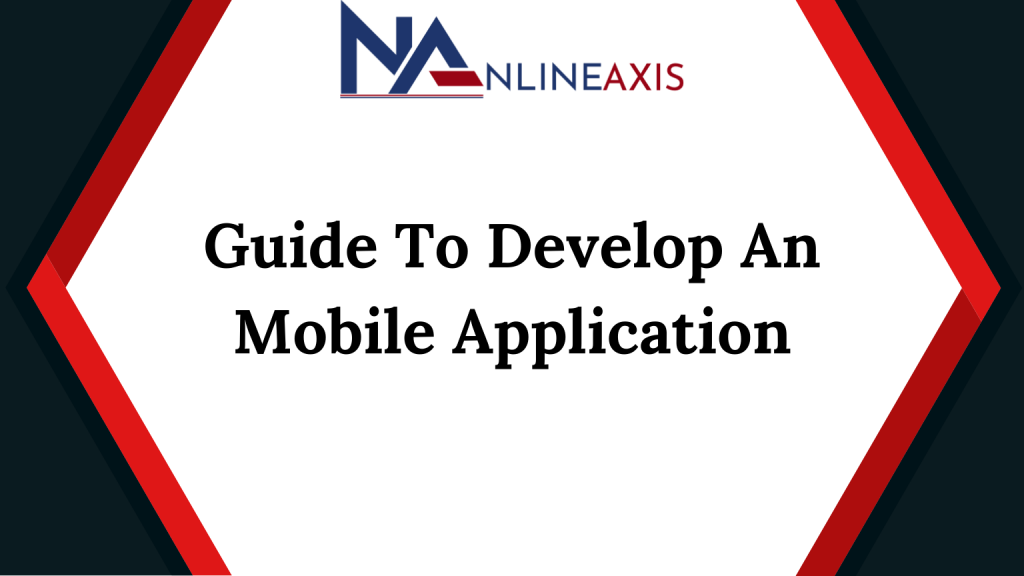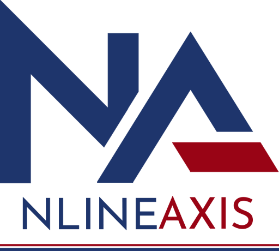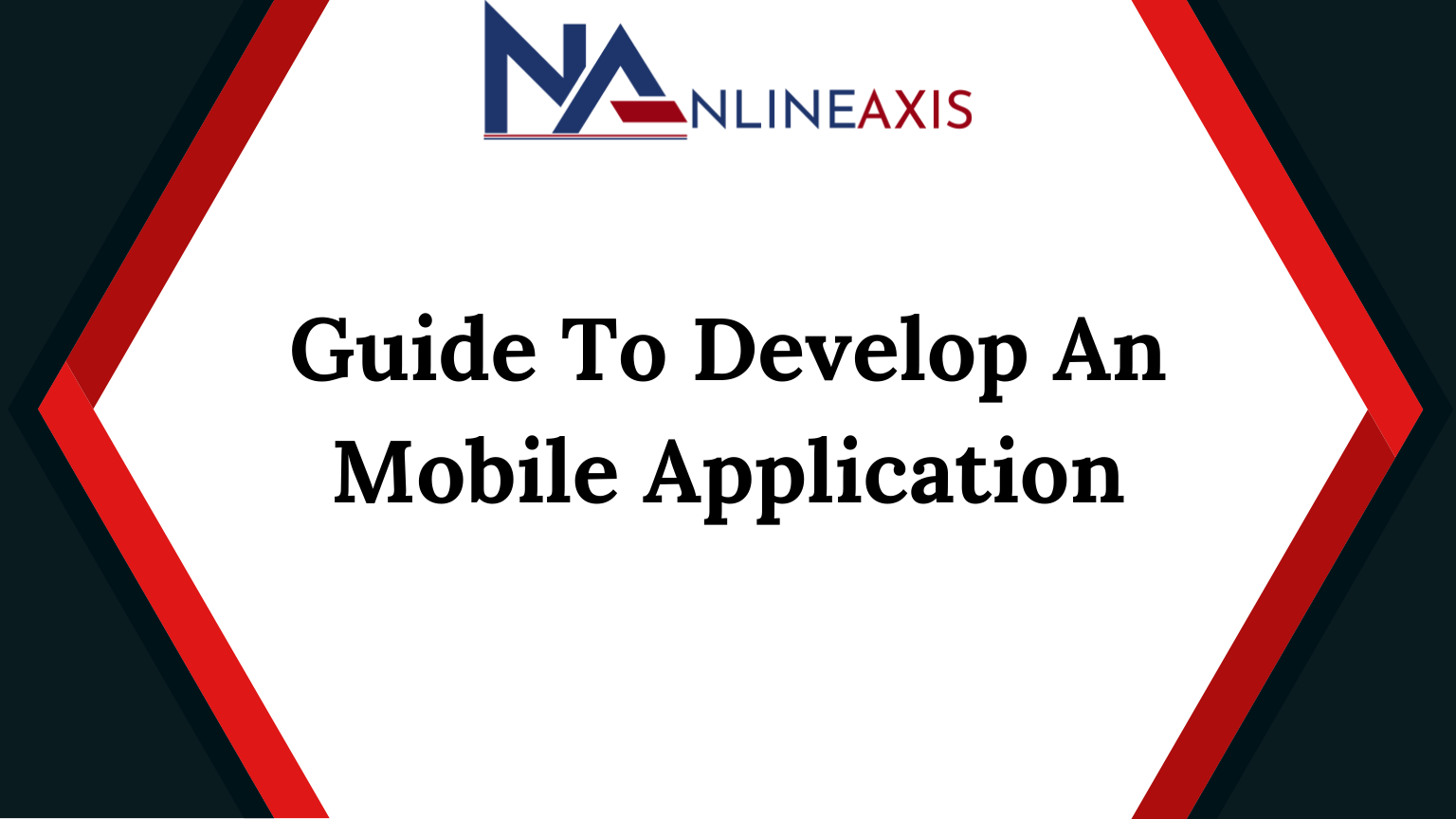Guide To Develop An Mobile Application

According to Statista, it is estimated that after hitting the $581.9 billion mark in revenue in 2020, the revenue of mobile applications is going to reach a new milestone across the globe, which is $808.7 billion. There will be no surprise in seeing that more and more SMEs (Small and mid-size enterprises) and startups turn to top mobile application developers to develop mobile applications that will help them reach new and potential customers. So now the question that comes to mind is, what is mobile app development?
Mobile application development is a set of processes and activities involved in writing software for mobile devices. Also, creating a mobile app embodies developing applications for a whole range of devices such as smartwatches, tablets, mobile phones, and any other portable device. Even website developers have to think about the mobile availability of their systems and make sure that their web pages look good on mobile devices and work well as responsive. In this digital era, the best mobile app developers are compelled to fit all the features into the less powerful hardware of mobile devices to ensure they have a chance against web applications.
I hope now you have understood the importance of developing a mobile application. But the question is, where do you even start? So, don’t fret; below, I have mentioned a short guide on mobile app development.
Mobile Application Development Process
1. Define a Unique Value Proposition
Unique Value Proposition (UVP) should be concise, clear, and easy-to-understand. For example, what unique value will your application bring to your customers? Which problem is it going to solve? And many more.
2. Set The Goals And Performance Standards
It is important to define goals for your mobile application that fall in line with your business decisions. For example, you might want to unlock new income streams or improve customer satisfaction. On top of that, set clear performance standards and KPIs (Key Performance Indicators) that will help you measure your application’s success – load speed, crash reports, retention rate, and others.
3. Establish User Profile
By asking below mentioned questions establish your user profile.
- Who is your target user and which of their problems are you trying to solve?
- What do they value in an application and what are their needs and pain points?
4. Define The Advanced Features That Will Be Used In The Mobile Application
Indeed, using too much information and trying to solve too many problems in one solution is never a great idea. Users will get overwhelmed and confused by the complexity and navigation and features, and will abandon your tool.
5. Data Security is Important
Your mobile application will be handling and storing a lot of data, including sensitive customer information. When it comes to security, your reputation is at stake since exposing customer data might lead to very serious consequences. Decide how you will protect your company’s and users’ data.
6. Decide How You Will Use The Generated Data
Now the data is safe and secure, but what are you going to do with it? How will you leverage the large amounts of information to better enhance your business? You can use the collected data to gain insights into the market, establish behavioral patterns, engage with the audience and promote new products, etc.
7. Choose The Monetization Model
Monetization is a way of translating an asset into a revenue stream. If the generated revenue does not exceed the spending, your application is not successful and will go bankrupt. On the other hand, if new clients bring in larger value than the amount of expenses you used to acquire them, your business will benefit greatly.
Monetization Options For a Mobile Application
1. Advertising
Many mobile app developers launch two options for their app: customers get an ad-free app in exchange for a fee, or they can download the app for free but see advertisements while using it. Both options will generate income.
2. Affiliate marketing
Affiliate marketing is promotion of other businesses’ products and services in exchange for a commission. If you partner up with a brand that interests you and correlates with your products, it will be a win-win situation. For example, if you sell smartphones, you can collaborate with a company that offers customized phone cases.
3. Lead generation
Lead generation encompasses attracting potential customers via blog posts, surveys, coupons, job applications, and other online content in order to convert them into clients. Lead generation works because you can contact someone who has already shown interest in your product and is familiar with your brand, instead of making cold calls.
4. Create strong code
If you write strong reusable code, you can potentially sell for repurposing. If your code proves to be good enough, you can re-skin it and sell to other companies. This is how Imangi profited from their game Temple Run by re-skinning it and selling it to Disney.
5. Transaction fees
Some companies provide a platform that allows certain transactions, like Airbnb or Paypal. For each transaction, they collect fees and generate profit from them.
6. Freemium
You can offer your application for free and charge users for extra features. For example, if you sell a game, you can provide users with a free episode and charge them for every following one. Alternatively, the entire game can be free of charge, however, certain extra features will cost additional money.
7. Subscription
Subscription is a monetization model SaaS companies (Software as a Service) mostly choose. It allows you to attract customers and lure them into long-term app usage. They will be charged based on the features they would like to use on a monthly or yearly basis.
Conclusion
Nlineaxis is a salesforce app development company with years of experience. Having supported many businesses with enterprise mobile app development, we have first-hand knowledge of the best technologies that will help with your business goals. We will walk you through the discovery phase and build a new application from scratch or update the existing one.


